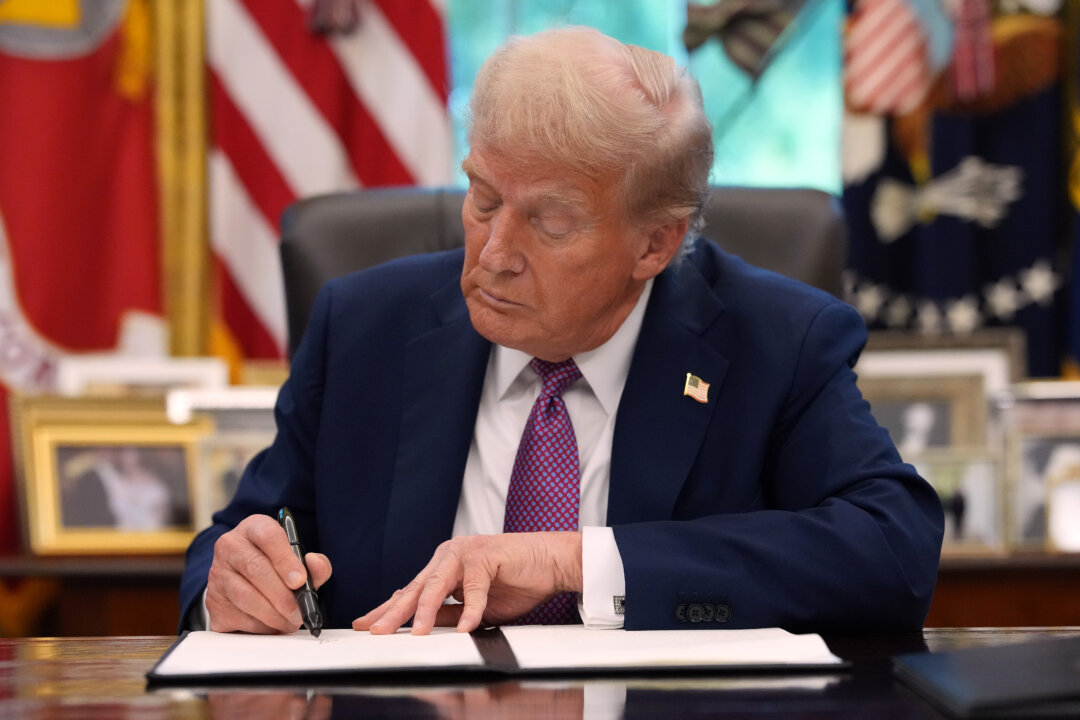Trump Administration Targets Deceptive Pharmaceutical Advertising
President Donald Trump mandated transparency in drug advertising, leading to an FDA crackdown on misleading pharmaceutical ads and requiring clearer disclosure of side effects.
Subscribe to unlock this story
We really don't like cutting you off, but you've reached your monthly limit. At just $5/month, subscriptions are how we keep this project going. Start your free 7-day trial today!
Get StartedHave an account? Sign in
Overview
- President Donald Trump signed memorandums to enhance enforcement against deceptive pharmaceutical advertisements and mandate greater transparency in direct-to-consumer drug marketing.
- The FDA, under the Trump administration, issued approximately 100 cease-and-desist letters and thousands of warning letters to drugmakers for misleading advertising practices.
- Drug companies allocate up to 25% of their budget to advertising, frequently highlighting benefits while only mentioning potential harms one-third of the time in social media ads.
- Trump instructed the Department of Health and Human Services to act on regulations, leading to an FDA rule requiring commercials to more clearly articulate potential side effects.
- The FDA is actively closing the "adequate provision" loophole, which previously allowed pharmaceutical companies to omit comprehensive side effect information from their advertisements.
Report issue

Read both sides in 5 minutes each day
Analysis
Center-leaning sources frame this story by exclusively presenting the White House's perspective on pharmaceutical advertising regulations. They emphasize the administration's concerns about inadequate disclosures and "loophole" exploitation, without including diverse viewpoints from industry or independent experts. This approach shapes the narrative around the administration's defined problems and solutions.
Articles (7)
Center (1)
FAQ
The Trump administration signed memorandums directing enforcement agencies to crack down on misleading pharmaceutical ads, leading the FDA to issue about 100 cease-and-desist letters and thousands of warning letters to drugmakers. It also initiated rulemaking to close the 1997 'adequate provision' loophole, requiring clearer disclosure of drug side effects in advertisements.
The 'adequate provision' loophole, created in 1997, allowed drug companies to direct consumers to other sources for full details about drug risks instead of including comprehensive side effect information in the ads themselves. The FDA is closing this loophole by requiring that all critical safety facts be directly disclosed in advertisements to prevent concealment of risks.
Misleading ads on social media are common; studies have found that only about one-third of pharmaceutical social media posts mention potential harms. The ads often fail to clearly identify paid influencers and frequently do not comply with FDA guidelines, leading to concerns about lower-quality information reaching consumers.
The Trump administration asserts that pharmaceutical ads have significantly increased the country's reliance on prescription drugs by underrepresenting risks and emphasizing benefits, which contributes to overmedicalization and may fuel chronic disease epidemics due to a lack of balanced information.
No, President Trump does not have the authority to ban pharmaceutical advertising outright. Instead, the administration is focusing on enforcing transparency through greater disclosures and rulemaking to regulate advertising content, which may face legal challenges but aims at 'death by disclosure.'
History
- This story does not have any previous versions.




